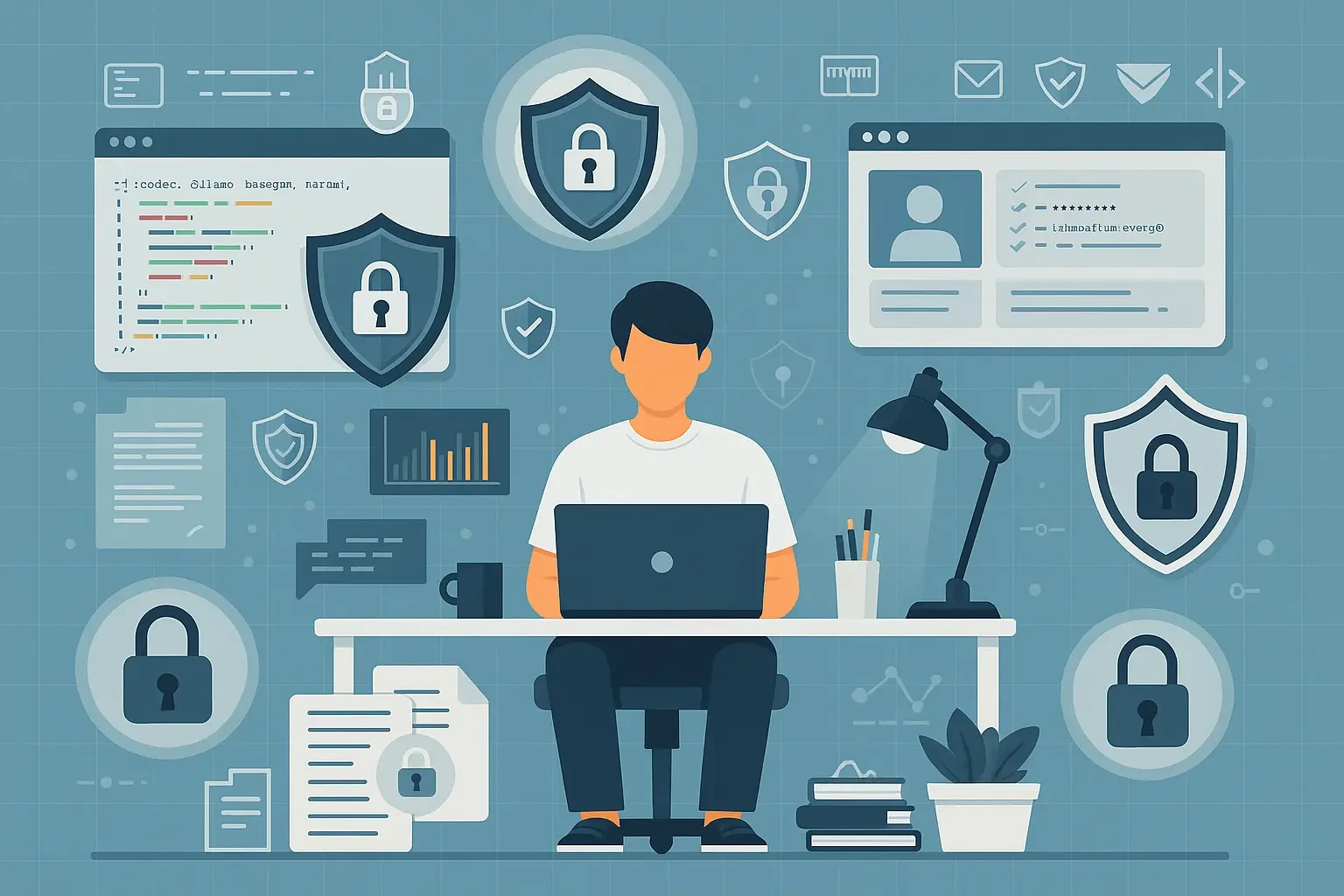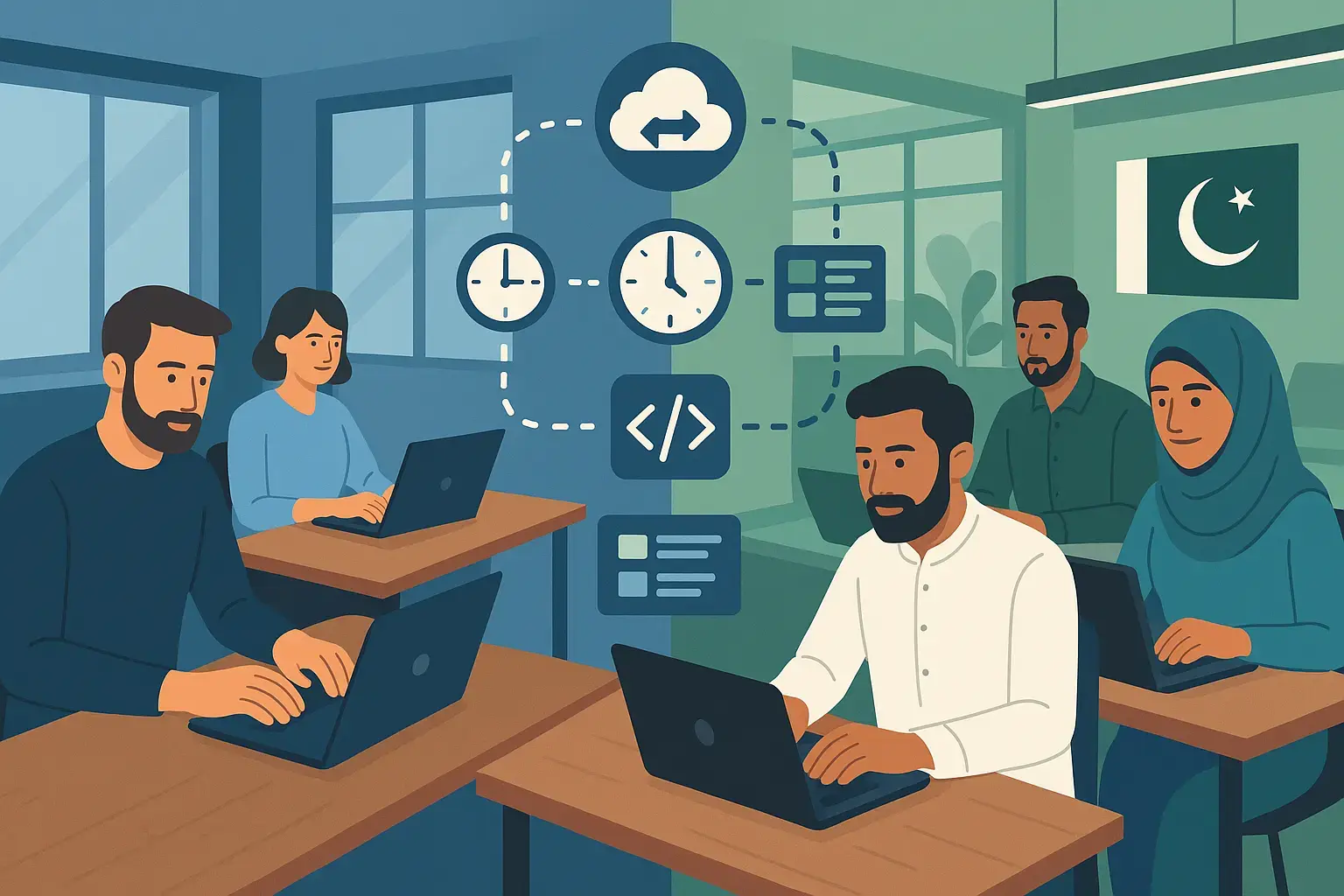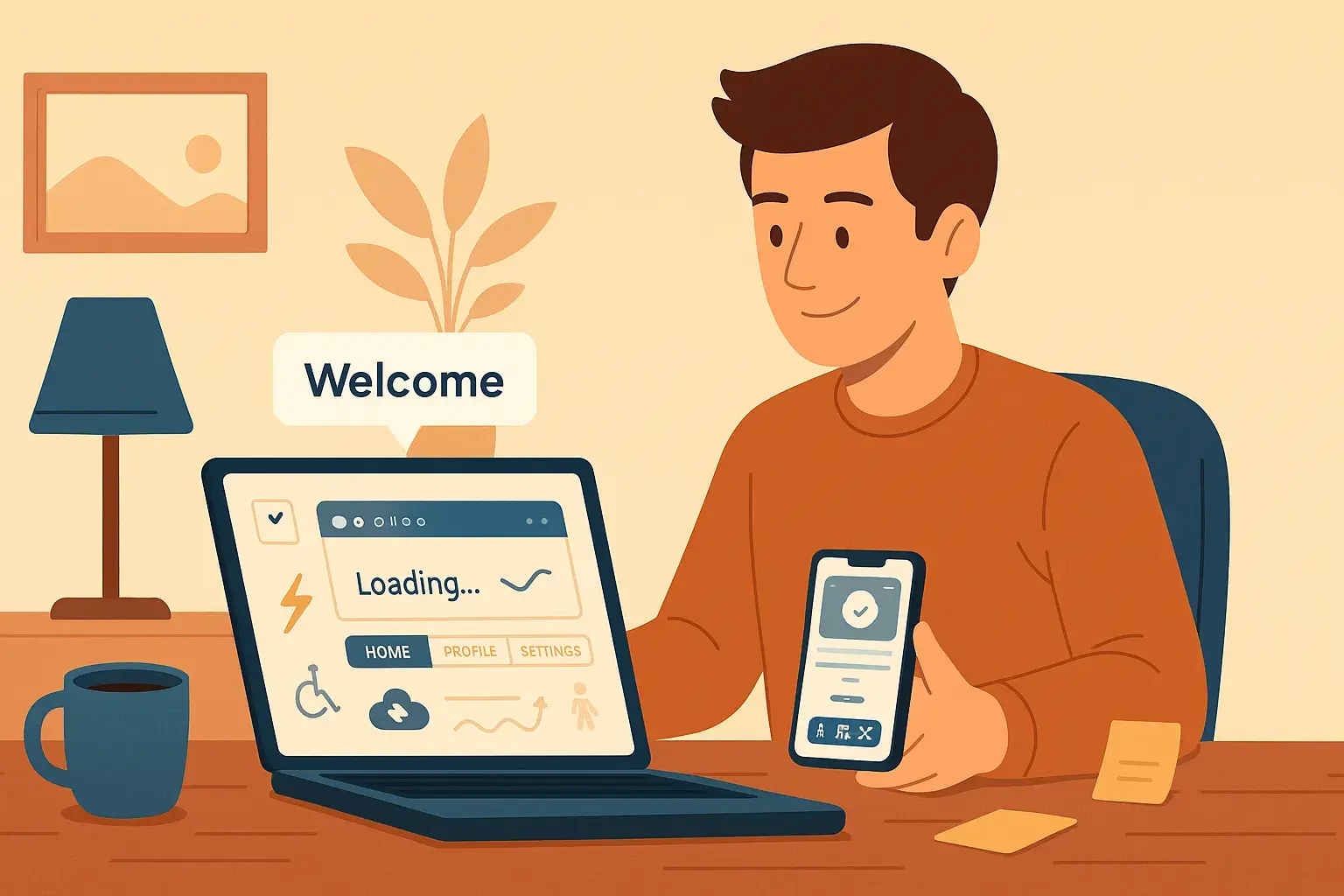

The Importance of Cybersecurity in Modern Software Development
You know that moment when you’re gearing up to launch a new feature—your code is merged, tests are green, and you’re ready to hit “deploy”—only to catch yourself wondering, “Wait, did we really lock down that API endpoint?” That split-second panic is exactly why cybersecurity can’t be an afterthought. In today’s world, where every app lives online and talks to other systems, skipping security is like leaving your front door unlocked while you sleep.
Think about it: your software isn’t an island anymore. It’s part of a vast network where bots scan for any weakness—outdated libraries, default credentials, or misconfigured servers—every second of every day. No one’s immune. Whether you’re a solo developer or a 100-person engineering team, the same rule applies: if you don’t build security in, someone else will break in.
Start With The “What If?”
When you sketch out a new feature, take a minute to imagine the worst-case scenario. What if someone tries to inject malicious data into your forms? What if they flood your login API with bogus requests? Mapping these “what ifs” isn’t a deep dive into obscure hacking techniques—it’s basic, practical thinking. And spotting those risks early means you can add simple checks: validate inputs, rate-limit critical endpoints, or sanitize database queries. A little foresight saves a ton of late-night panic.
Make Security Part of Your Routine
We all have our routines: coffee first thing, stand-up at nine, and commit code in the afternoon. Why not weave a quick security step into that flow? It could be as simple as glancing at a vulnerability dashboard before lunch or running an automated scan after every merge. Over time, those snippets of effort stack up. You go from “Oh no, we forgot security!” to “Ah, yes—security is just how we ship code.”
Tools Aren’t Wizards, But They Help
You don’t need to memorize every exploit under the sun. There are tools—static analyzers, dependency scanners, and dynamic testers—that work as your night-shift guards. They flag risky patterns, out-of-date packages, and broken configurations long before they hit production. The trick is plugging them into your build pipeline so they happen automatically. When your pull request fails because a dependency has a known vulnerability, you fix it right away, not after an alarm-bell breach.
Team Culture Trumps Checklists
You can have the best tools, but if your team treats security like a chore, vulnerabilities slip through. Instead, make it a point of pride. Celebrate when someone spots a mediocre piece of code that could open a hole. Share short war stories—“Did you see that service that forgot to rotate its keys?”—and laugh (nervously) together. Host a monthly coffee break where someone demos a recent incident on the news and teases out lessons. When everyone feels owning security is part of their job, you catch more issues early—and nobody feels like the lone “security police.”
Configuration Is Code, Too
I once saw a perfectly secured microservice fall victim to a misconfigured cloud bucket—public write access was the culprit. Oops. Treat your infrastructure like any code: version-controlled, reviewed, and tested. Use Infrastructure as Code so you can see exactly how your servers, firewalls, and permissions are defined. When someone proposes a change, it goes through the same review process as app code. That way, your environments stay locked down and predictable.
Regulations Help—Really
GDPR, HIPAA, PCI-DSS… Sounds intimidating, right? But these rules exist for a reason: to protect user data. If you follow them, you’re also following best practices—encrypt data in transit and at rest, ask for consent, keep audit logs, and delete old data when it’s no longer needed. Sure, you might groan at the paperwork, but think of compliance as a feature you can market: “We take your privacy seriously, and here’s the proof.”
Assume You’ll Get Popped
Even the most secure setups can be breached. So have a plan. Know how you’ll detect anomalies—spikes in failed logins, strange API calls, weird database queries. Have a checklist for containment: disable the compromised service, rotate keys, and roll back the last deploy. Keep clean backups on hand. And most importantly, practice. Walk through a breach scenario as a tabletop exercise. When real alarms go off, your team moves with calm precision, not frantic improvisation.
Security Pays Off in the Long Run
All this feels like work—and it is. But skipping it costs you more: downtime, lost customers, damaged trust, and legal headaches. On the flip side, being known for solid security can set you apart. When a prospect learns you’ve got robust safeguards, they feel comfortable sharing sensitive data—maybe even paying a premium for that peace of mind.
You don’t need a multi-million-dollar security budget. Start small. Add a vulnerability scan to your CI. Rotate an old key. Write down one “what if” threat for your next feature. In a week, do another. Before long, security will feel as natural as writing tests or pushing to staging.
In software development today, trust is everything—and cybersecurity is how you earn it. Make security a habit, not an afterthought, and you’ll sleep better at night knowing your code, your users, and your hard-won reputation are safe.

